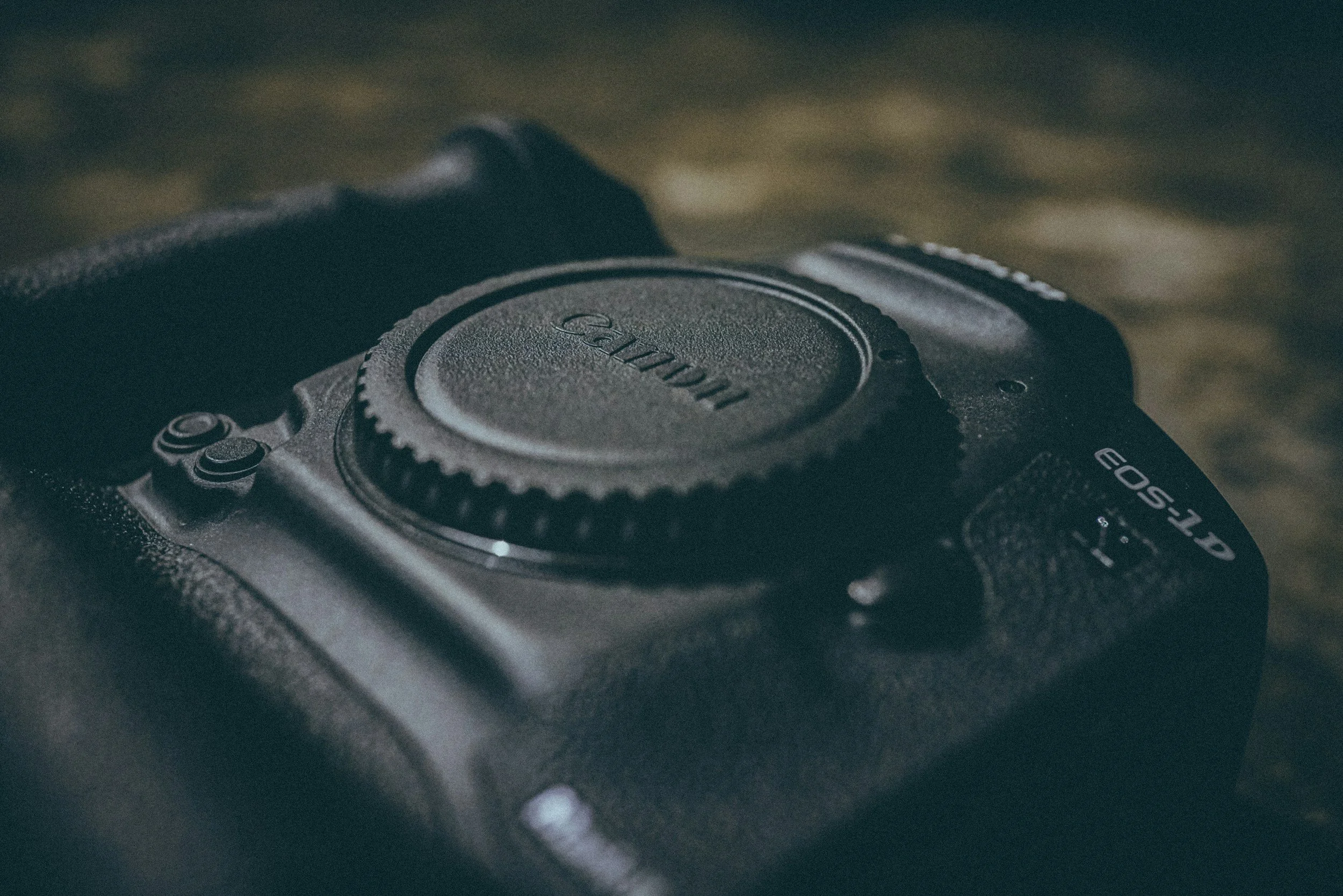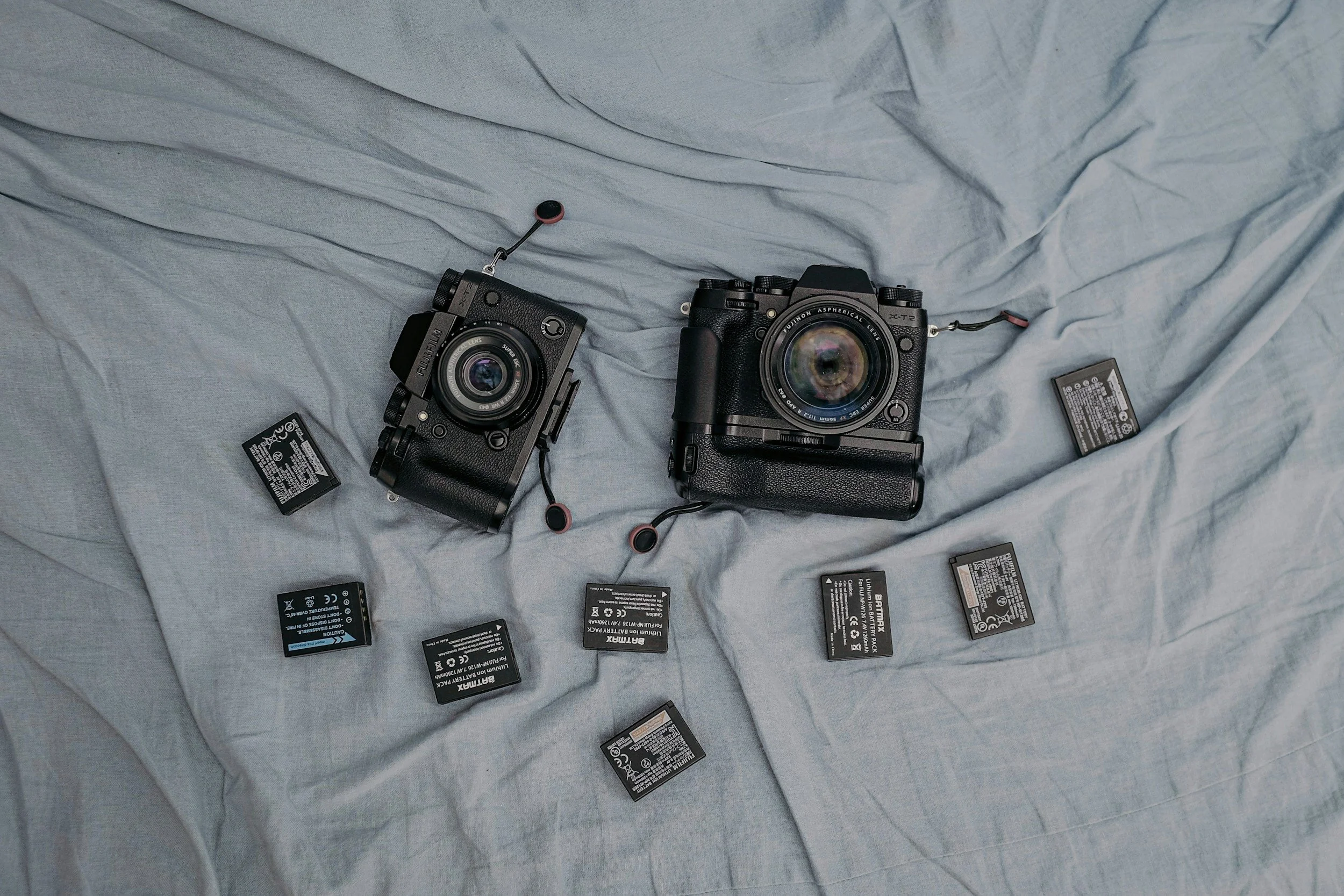From a Photographer Who's Been There
When I first started in photography, I was overwhelmed by gear talk. Everyone had an opinion, and every forum made me feel like I needed thousands of dollars’ worth of equipment just to take a decent photo. Years later—and countless shoots in—I’ve learned that starting simple is not just okay, it’s smart.
So if you’re just getting into photography and wondering what gear you actually need to begin, here’s my honest, experience-backed guide. This list is lean, practical, and designed to help you grow without drowning in unnecessary gear.
1. A Reliable Entry-Level Camera
You don’t need the latest full-frame monster to take great photos. A solid entry-level DSLR or mirrorless camera will give you plenty of power and flexibility. Look for something like:
What matters most is learning how to use whatever camera you get—master exposure, composition, and light. That knowledge translates to any system. Although I would still recommend going with a mirrorless system as most manufacturers will fully stop supporting DSLRs at some point, and you can later reuse lenses if you change the camera body.
2. A Versatile Lens (And Not Just the Kit Lens)
Kit lenses (like 18–55mm) are fine for starting out, but I always recommend picking up a prime lens early on—something like a 50mm f/1.8. These are affordable, sharp, and have wide apertures that allow for dreamy background blur and great low-light performance.
A few good beginner-friendly primes:
Canon 50mm f/1.8 STM (“nifty fifty”)
Fujifilm 35mm f/2
Primes force you to move your feet and think more about composition, which is a good habit to build.
3. A Sturdy Tripod
If you’re shooting landscapes, long exposures, or self-portraits, a tripod becomes essential. Get one that’s lightweight but stable—bonus points if it has a ball head and quick-release plate.
Pro tip: Don’t cheap out too much here. A wobbly tripod can ruin your shot and your patience.
4. Extra Batteries & Memory Cards
This might sound basic, but trust me—you will forget to charge your battery one day. Having one or two spares will save your shoot. Same goes for memory cards. Go for reputable brands like SanDisk or Lexar, and carry at least two with you.
5. A Camera Bag That Fits Your Style
You don’t need a bulky backpack unless you’re hiking with multiple lenses. Find something that suits your lifestyle—whether that’s a sling bag for street photography or a messenger-style bag for casual shoots. The point is: protect your gear, but don’t lug around what you don’t need.
6. Lens Cleaning Kit
Smudges happen. Dust happens. Get a basic cleaning kit with a blower, microfiber cloth, and lens solution. Clean gear = clean images. Simple as that.
7. Editing Software (Yes, It Matters)
You don’t have to dive into heavy editing, but knowing how to adjust exposure, contrast, and colors will take your images from “meh” to “wow.” Start with:
Adobe Lightroom (industry standard, very beginner-friendly)
Capture One Express (great for Sony/Fujifilm users)
Darktable or RawTherapee (free and powerful open-source options)
Editing is part of the craft—don’t skip it.
8. A Notebook or App for Learning
I still jot down what worked and what didn’t after shoots. Use a notes app or a physical notebook. Track your settings, light conditions, what you loved, what you’d do differently. It’s one of the best ways to accelerate your learning curve.
Final Thoughts from the Field
The gear doesn’t make the photographer—you do. Focus on building your eye, understanding light, and shooting a lot. You’ll start to recognize when you’ve outgrown your current setup, and that’s when upgrading makes sense.
Start small, stay consistent, and remember: the best camera is the one you know how to use.
Now get out there and shoot.
—
Have questions about gear or want a custom recommendation based on your budget or goals? Drop a comment—I’m always happy to help fellow photographers find their footing. 📷







